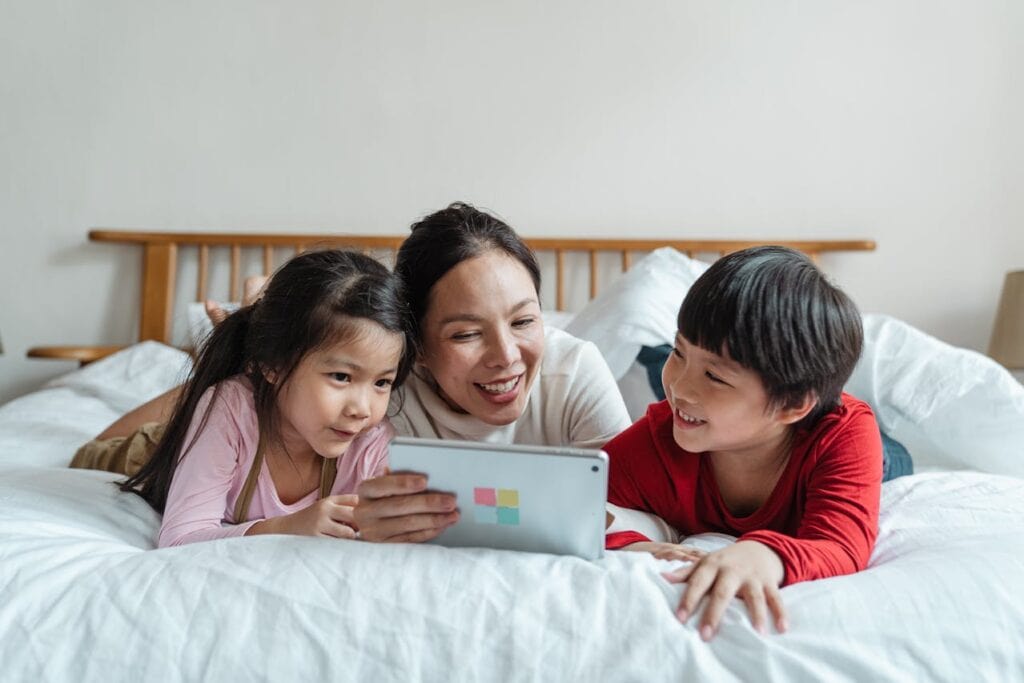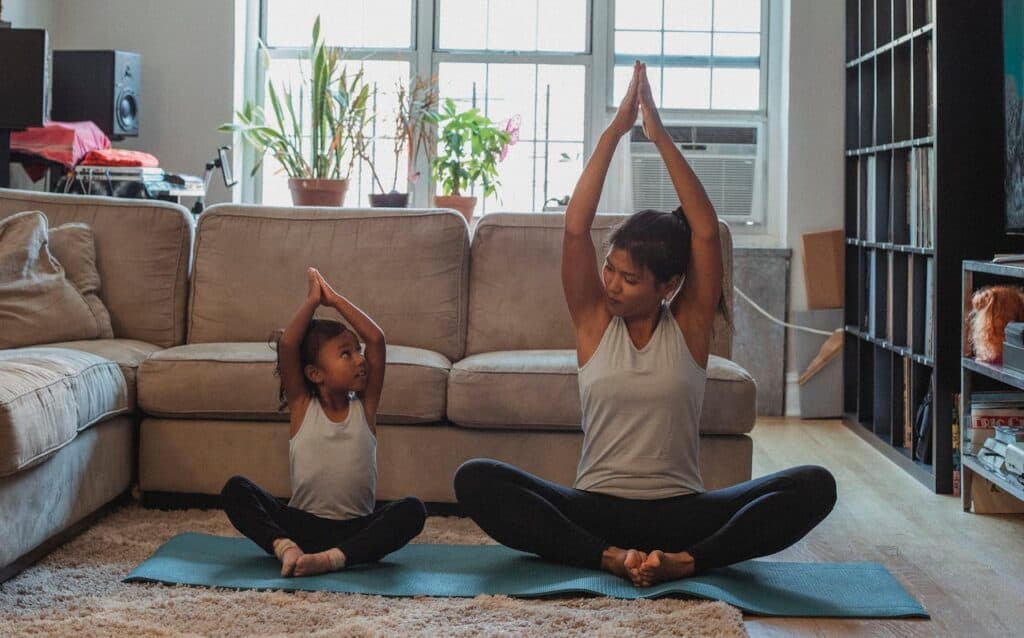Screen Time Without the Guilt: A Modern Parent’s Guide
Technology isn’t the enemy, but it’s not a neutral babysitter either. Modern parents need realistic strategies for managing screens without paranoia or shame. The goal isn’t perfect balance—it’s intentional usage that serves your family’s needs while building healthy digital habits for the future.
Quality Matters More Than Quantity

Educational content, video calls with grandparents, and interactive apps offer different value than passive entertainment. Thirty minutes of creative coding games provides more benefit than two hours of random YouTube videos. Focus on choosing content intentionally rather than just limiting time. Engaged, interactive screen time supports development better than passive consumption.
Co-View When Possible

Watching together turns screen time into bonding time. Ask questions, make connections to real life, and discuss what you’re seeing. “That character made a good choice” or “What would you do differently?” transforms passive viewing into active learning. Your involvement maximizes educational value and helps children process content more thoughtfully.
Create Screen-Free Zones

Establish areas or times without devices: family meals, bedrooms, or the hour before bed. These boundaries protect important activities like sleep, conversation, and imagination. Having device-free spaces feels less restrictive than all-or-nothing rules while ensuring technology doesn’t dominate every aspect of family life and personal development.
Use Screens as Tools, Not Rewards

Avoid making screen time a prize for good behavior or removing it as punishment for everything. This creates unhealthy emotional associations with technology. Instead, treat screens like any other tool—available when appropriate for the task at hand. This approach teaches balanced usage rather than obsession or deprivation mentality.
Model Healthy Digital Habits

Children mirror your relationship with devices more than following your rules about theirs. Put your phone away during conversations, avoid scrolling during family time, and demonstrate that real-world activities take priority. Your behavior teaches digital citizenship more effectively than lectures about screen time limits or device restrictions.
Choose Age-Appropriate Content Carefully

Read reviews, preview new shows, and adjust settings on apps and platforms. What’s marketed as “educational” isn’t always appropriate or high-quality. Curate content libraries in advance rather than letting children randomly browse. Taking time to select quality options prevents arguments and ensures screen time aligns with your family values.
Transition Away from Screens Gradually

Give warnings before ending screen time: “Five more minutes, then we’re done.” Abrupt transitions cause meltdowns and power struggles. Use timers, finish episodes completely, or reach natural stopping points. Gradual transitions help children mentally prepare for the change and reduce resistance to ending screen activities when time is up.
Balance Active and Passive Content

Mix creative apps, movement videos, and interactive games with quieter viewing time. Active content that requires thinking, moving, or creating offers more developmental value than passive entertainment. Even within entertainment, choose shows that encourage participation through songs, questions, or problem-solving rather than pure consumption of flashy visuals.
Connect Digital and Real-World Learning

Extend screen activities into real life: cook recipes from cooking shows, build structures inspired by engineering videos, or research topics sparked by documentaries. This integration makes screen time more meaningful and shows children how digital tools can enhance rather than replace hands-on learning and real-world experiences.
Trust Your Family’s Unique Needs

Some families need more flexibility due to work schedules, health challenges, or other circumstances. Don’t let other parents’ rules make you feel guilty about what works for your situation. Adjust recommendations to fit your reality while maintaining intentionality about digital choices. Your family’s needs matter more than arbitrary external standards.





